Comforter vs duvet: Basic definitions
Understanding how each option is built - and how it behaves in daily life - will steer you towards the right choice for your bed.
What is a comforter?
A comforter is a single, quilted blanket filled with down, feather, wool, or synthetic fibres.
The outer shell and the filling are stitched together, so the comforter acts as one self‑contained layer.
Because many comforters come in patterned fabrics, they’re often used without an additional cover.

Maintenance is straightforward in theory - simply pop the whole thing in the wash or send it to the cleaners - but the bulk can be awkward if you own a small domestic machine.
What is a duvet?
A duvet consists of two parts: a plain insert and a decorative duvet cover.
- The insert is usually white or cream, box‑stitched for loft, and packed with down, wool, or synthetic fill.
- The cover slips over the insert and fastens with buttons, ties, or a zip.
Because you wash the lightweight cover rather than the bulky insert, many people find a duvet system easier to keep fresh and more hygienic.
If you’re convinced you need a duvet, take a look at our favourite options below. 👇
Comforter vs duvet: Key differences
Both comforters and duvets offer distinct benefits due to differences in their construction, day-to-day usability, and stylistic feattures.
Each is suited to specific needs, household routines, and preferences for ease of care.
Here, we take a closer look at the key differences between comforters and duvets.
Differences in design and construction
From afar, comforters and duvets can look remarkably similar, yet their construction reveals a different story.
- The comforter’s stitched‑through design locks the filling in place and creates a finished look that needs no extra dressing. This all‑in‑one format means the warmth level is baked in at purchase - great if you want a grab‑and‑go solution but less ideal if your bedroom temperature swings wildly between seasons.
- A duvet system acts more like a modular wardrobe. You select an insert with the loft and tog rating that suits your preferred temperature, and then team it with a cover that matches your style. When summer rolls round, you can switch to a lighter insert or simply use the empty cover as a top sheet.
Because the duvet cover is separate, it shields the insert from body oils and spills, extending the life of the filling and keeping that fluffy loft intact for longer.
Differences in warmth and loft
When it comes to warmth, duvets generally edge ahead since you'll find them in a variety of tog ratings.

Their lofty construction traps air pockets that act as natural insulators, making them the go‑to choice for unheated attics or draughty Victorian terraces.
Comforters, stitched flatter to stay neat, provide a gentler level of insulation that suits centrally heated homes or naturally hot sleepers.
Differences in day-to-day upkeep and hygiene
Laundry habits can influence your decision as strongly as preferred temperature
If you value weekly freshness but lack a king‑size drum, slipping off a duvet cover will feel effortless compared with wrestling a wet comforter from machine to washing line or dryer (if applicable).
Your duvet cover should be washed every week or so, just as you would wash regular bedding, but the insert can go three to six months between washes.

If you dread stuffing inserts back into covers, a comforter’s single piece can save you time - provided you have access to a launderette or large‑capacity washer every couple of months.
Comforters generally need a full wash roughly every eight to twelve weeks, depending on night sweats and whether or not pets share the bed.
How to choose: Three‑step decision guide
So, you're stuck in the comforter vs duvet debate.
How do you choose?
- First, consider your climate. If your bedroom rarely drops below 18 °C, a medium‑weight comforter will likely keep you comfy year‑round. Should temperatures fluctuate or tumble in winter, a high‑tog duvet insert, perhaps teamed with a lighter summer insert like with the Simba Hybrid 3-in-1 Duvet, grants more control.
- Second, assess your laundry set‑up. City apartments with compact machines favour duvet covers that fit easily into the drum. Suburban homes with access to bigger appliances, or a reliable launderette round the corner, may cope fine with periodic comforter washes.
- Third, think about style turnover. If you relish changing colours, textures, and trends, the duvet’s removable cover will feed that creativity for a fraction of the cost of multiple comforters. If you prefer a set‑and‑forget aesthetic, a patterned comforter offers instant polish with zero faff.
There's no right or wrong - it simply depends on what works best for you.
What materials are duvets and comforters made from?
Both comforters and duvets rely on a similar menu of fillings: down, feather, wool, microfibre, or recycled synthetic blends.
- Down clusters, harvested from ducks or geese, deliver an unbeatable warmth‑to‑weight ratio and that pillowy hotel fluff many of us crave.
- Wool fillings shine in Britain’s temperamental climate because they absorb moisture and release it into the air, keeping you warm without feeling clammy.
- Microfibre down‑alternatives mimic the loft of natural down yet remain washable, hypoallergenic, and budget-friendly.
- Shell fabrics also deserve attention since high‑thread‑count cotton cambric feels buttery soft and allows the filling to breathe.
Increasingly, brands are spinning these fibres from recycled plastic bottles, shrinking the environmental footprint of synthetic bedding. ♻️
How can you style your bedroom with the right comforter or duvet?
Comforters in the UK often run a size wider and longer than the corresponding mattress, delivering that cascade‑to‑the‑floor look you may remember from hotel stays.
The generous overhang disguises unsightly bed frames and spares you the need for a separate bed skirt or valance sheet.
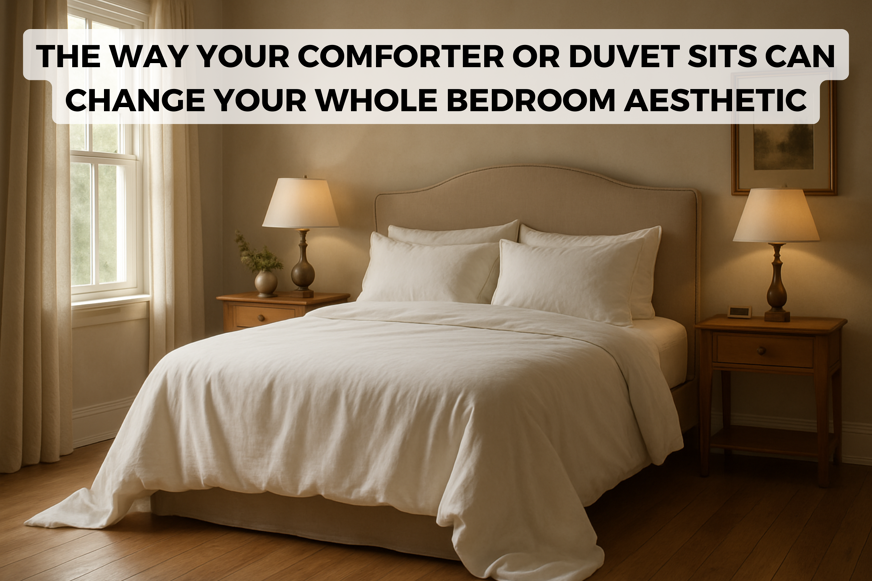
Duvets, in contract, are trimmed closer to mattress dimensions, creating a plump, cloud‑like silhouette that sits neatly on top without dangling past the frame.
But, you can get more of that drapey feel by investing in a duvet one size larger than your mattress - for example, option for a king-size duvet set even if you only have a double-size mattress.
This gives your bedroom a more luxurious feel, which can play a key part in styling your bedroom to suit your desired aesthetic.
Swapping styles is usually easier with duvets than with comforters.
- Because the pattern is pre‑sewn, changing your colour scheme with a comforter usually means investing in an entirely new comforter, which can be pricey and less sustainable.
- But with duvets, it's as easy as buying a new cover, which typically costs far less and stores compactly when not in use.
This flexibility is catnip for décor lovers who enjoy rotating looks with the seasons or following trends without replacing the core bedding.
What should you invest in, comforter or duvet?
Ultimately, the choice is yours:
- Choose a comforter if you crave a ready‑made, patterned blanket that needs minimal fuss once on the bed.
- Or opt for a duvet if you value easy washing, seasonal flexibility, and a wardrobe of covers to refresh your room whenever inspiration strikes.
Focus on fill quality, machine compatibility, and your personal laundry rhythm, and you’ll sleep soundly whichever path you take. 😴




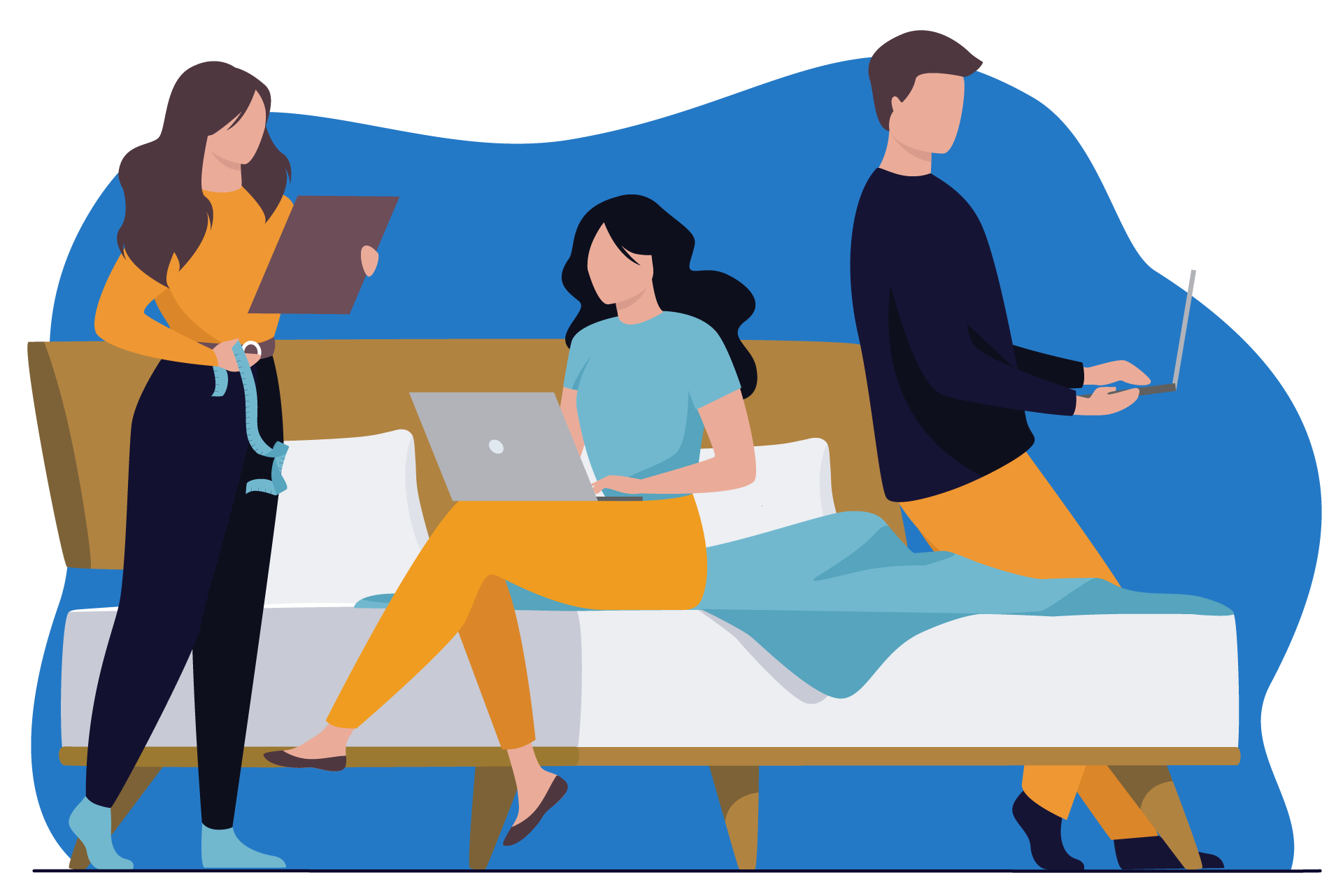






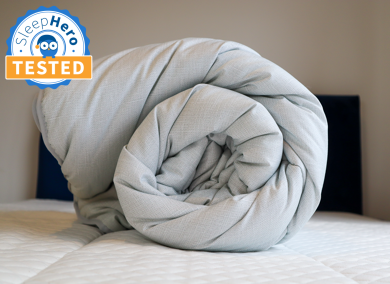

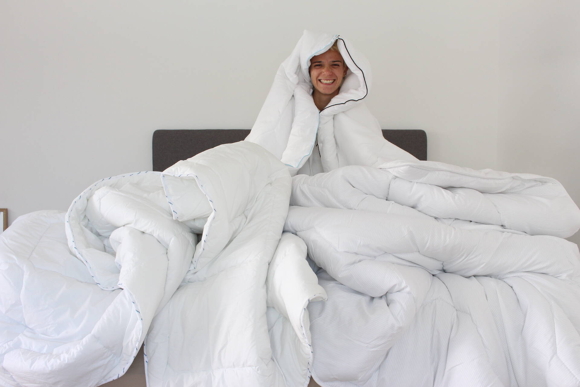

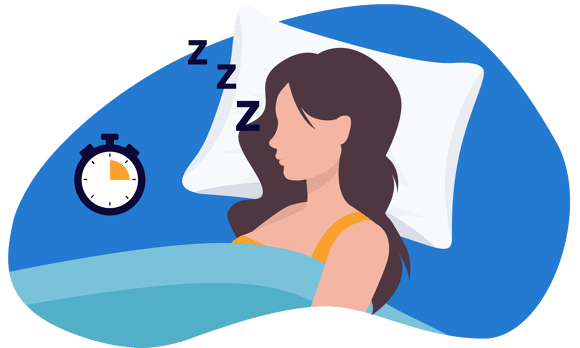


Alternatively, message us directly via the Contact Us page.